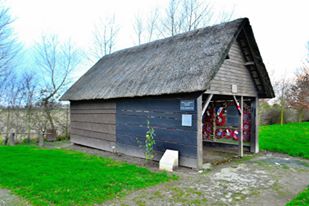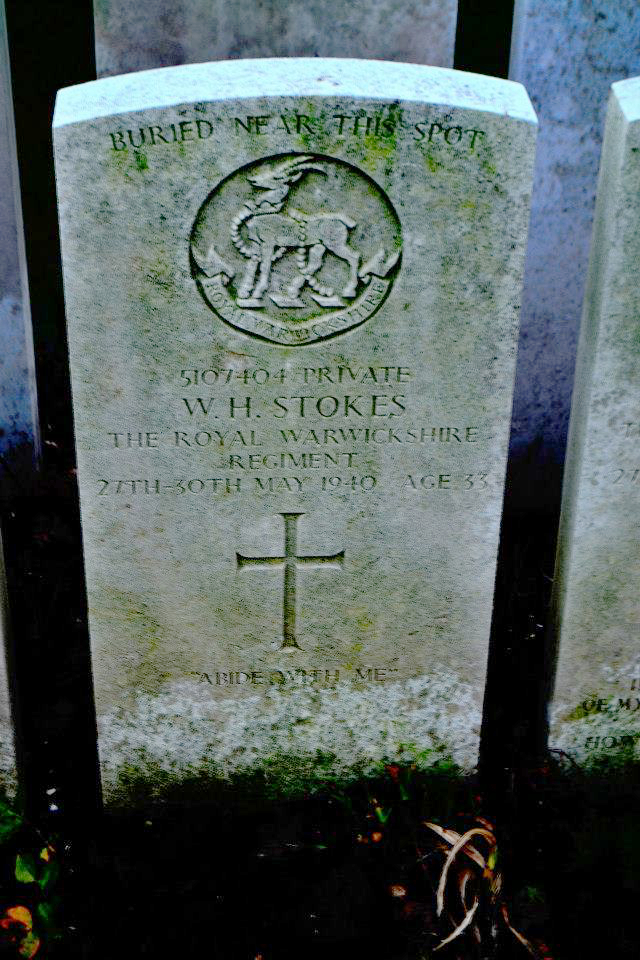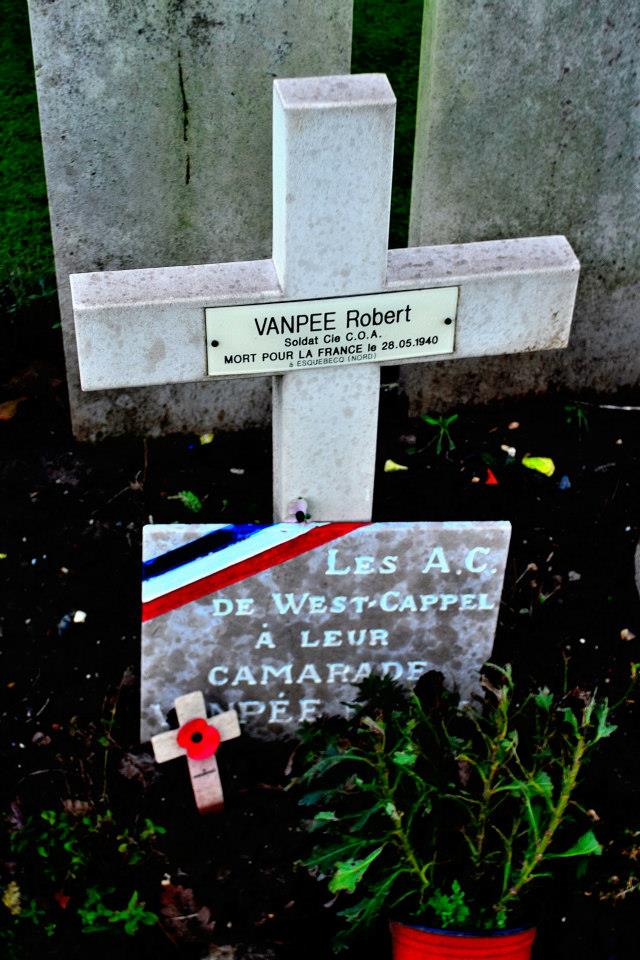
The Leibstandarte SS Adolf Hitler Regiment – The premier formation which had evolved from Hitler's pre-war SS bodyguard.
SS Verfugungs Division (later Das Reich Division) – Formed from the SS Deutschland and Germania Regiments.
3rd SS Division Totenkopf – Formed from three regiments of former concentration camp guards.
4th SS Polizei Division – A low-grade unit formed of ex-policemen and Algemeine SS reservists which only saw limited action in 1940.
At this stage of the war, the High Command of the German Wehrmacht had little respect for the leadership and fighting capability of the SS. During the French campaign, this attitude began to change as the Leibstandarte, Verfugungs and Totenkopf divisions rapidly gained a reputation for swift, decisive and often costly military actions.
However, the utterly ruthless nature of the SS was also demonstrated when they came up against determined opposition in the shape of regular British troops, defending the Dunkirk perimeter. Infuriated at the heavy losses which their inexperienced troops had suffered, two separate massacres of British PoWs took place. Firstly, on the 27th May 1940, having been held up for 36 hours by the 2nd Bn Royal Norfolk Regiment, the Totenkopf division murdered 97 PoWs at La Paradis. There were only two survivors. On the 28th May at Wormhout, the Liebstandarte had also endured two days of hard fighting against the 2nd Bn Royal Warwickshire Regiment. Eventually, the SS overran the defenders, taking approximately 100 prisoners, who were subsequently shot. Amazingly, a few men did survive the atrocity and were later given medical attention by regular German troops.
